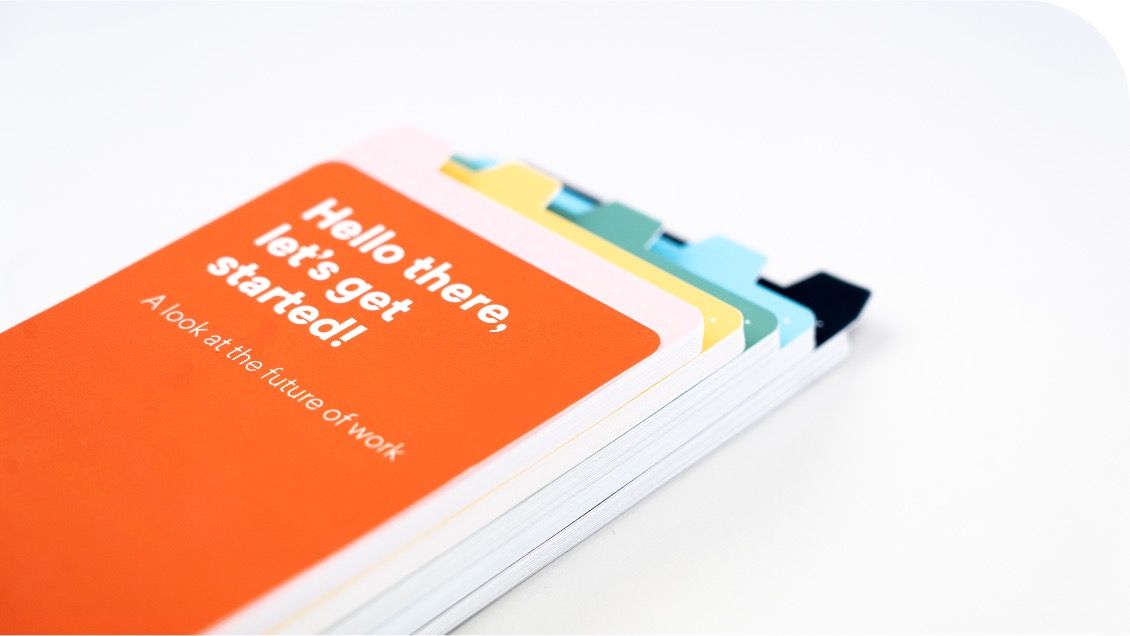
Leveraging the power of design for a sustainable future at South Summit 2021
Valeria Velasco
Marketing & Communications
At the beginning of October, we had the opportunity to participate in South Summit 2021, the main meeting for start-ups in Europe, organising the panel "Design as a systemic tool for sustainable development", with RATP's head of design Yo Kaminagai and Bosch's chief designer Robert Sachon as guest speakers and our CEO and Founder, Jaime Moreno, as moderator.
Among the topics discussed in the panel were the challenges that design presents at the level of sustainability, as it requires thinking differently in order to achieve more sustainable products and services. Yo Kaminagai, explained that at RATP (Autonomous Administration of Parisian Transport) there are two levels. "The first is not about design, it's about the fact that public transport is a create sustainability in general but it's not so easy to do that because we have to change all the solutions, improve them. Then there is a second level which is design designed by all the design disciplines have to work on making the solutions better, and making the questions better ".
Meanwhile, Robert Sachon detailed how sustainability plays a very important role in Bosch's strategy. The company declared itself last year to have a zero-carbon footprint in all its operations. In addition, it has worked to reduce the energy consumption of household appliances up to 75% which, on the one hand side, aims to protect the environment and, on the other hand side, helps to save the consumer money.
The evolution of design in sustainability will focus on a circular economy by increasing the amount of renewable materials, reducing the carbon footprint, not only in production, but also during the usage phase of the product as well as afterwards. Combined with a recyclable approach to product reuse, as Robert Sachon complemented during his speech at South Summit.
The challenge
According to Yo Kaminagai, one of the main challenges for design to contribute to more sustainable development is for the public and decision-makers to see design as a more systemic tool, as they always understand design through the results and solutions, rather than as a discipline that helps them write strategies.
Robert Sachon agreed, "the more complex the world becomes, the more important the role of designers will be, as design has become an holistic discipline not only of aesthetics, as designers have a talent for expressing complexity in a simpler way".
You can watch the full session on "Design as a systemic tool for sustainable development" here. We also have a clip on the impact of design on sustainability here.


